
.png)

by Mary Biles
Medically reviewed by Roni Sharon, MD
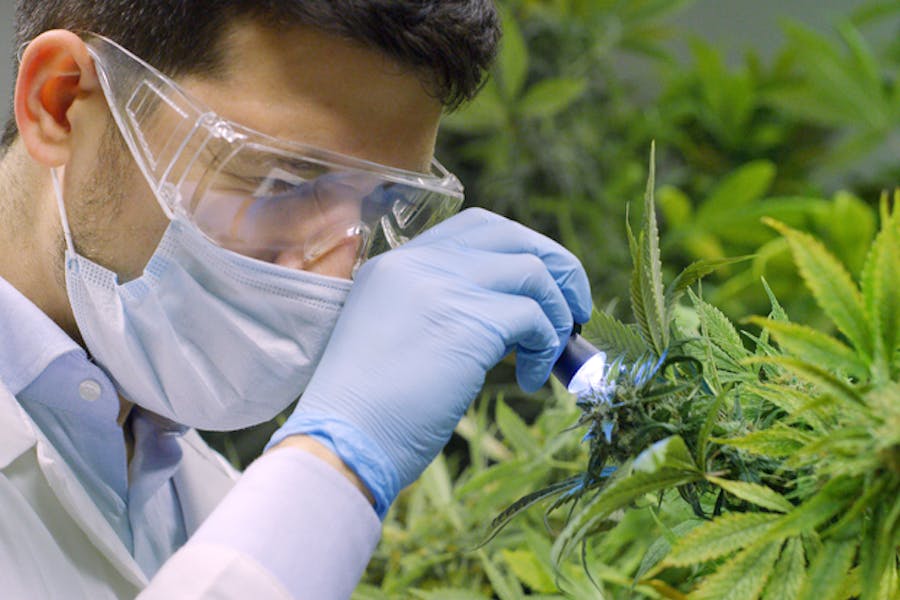
Why do whole plant cannabis extracts appear to be more effective for our health than isolated THC and CBD?
Most of us are used to taking synthetic white pills containing single molecules for our malaises, so the idea that a botanical extract containing hundreds of compounds works better can be hard to believe. Yet the entourage effect, the name scientists have given to the synergistic relationship between all or many of the molecules in cannabis, helps explain why cannabis, in all its botanical glory, is best.
Preparations made from cannabis have been used by doctors and in folk medicine for thousands of years. Back then, no one questioned the plant’s molecular makeup. However, with the discovery of the primary cannabinoids — tetrahydrocannabinol (THC) and cannabidiol (CBD) — a greater understanding of the cannabis plant began to develop.
Nowadays, there are believed to be 144 cannabinoids (and counting). There are THC and CBD acidic precursors THCA and CBDA, cannabigerolic acid (CBGA) — the parent molecule from which other cannabinoids are synthesised. There is cannabinol (CBN), a mildly psychoactive cannabinoid found in aged cannabis. Tetrahydrocannabivarin (THCV), a homologue of THC thought to suppress appetite. Cannabidivarin (CBDV) which may have anti-seizure activity. Of the 130 or so other cannabinoids present, further research is required to fully understand how they affect the body.
Next in the medley of molecules found in cannabis, come the 150 or so terpenes providing the plant’s distinctive aromatic tones. Terpenes aren’t just found in cannabis. Take any aromatic plant, or even fruits and vegetables, and you will find many of the same terpenes in cannabis. Limonene, for instance, is abundant in citrus fruit, pinene in pine trees, linalool in lavender, and beta caryophyllene in black pepper.
In nature, terpenes act to repel insects, but in humans, their effects are often medicinal. At concentrations of 0.05% they are considered “of pharmacological interest,” interacting with cell membranes, neuronal and muscle ion channels, neurotransmitter receptors, G‐protein coupled receptors, and enzymes.
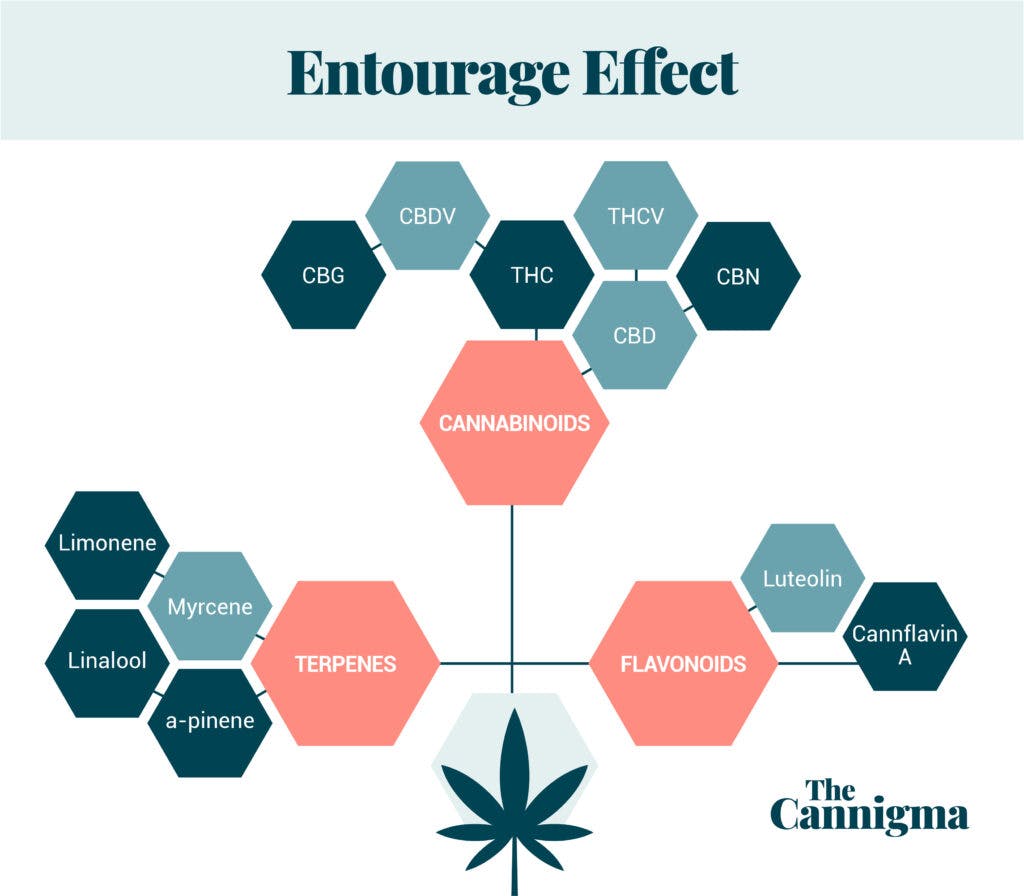
Studies have shown limonene for example to have anti-anxiety effects, pinene to be antibiotic, linalool both anaesthetic and anticonvulsant, and beta caryophyllene, a powerful anti-inflammatory agent. Then there’s relaxing myrcene, thought to be the main contributing factor differentiating sativa and indica strains of cannabis.
And let’s not forget flavonoids, the secondary polyphenolic metabolites giving the yellow pigment in plants. Flavonoids can be antioxidant and antibiotic, and in some cases are even anti-tumoral.
When one considers that a single plant contains hundreds of potentially therapeutic molecules, it’s easy to see why scientists are so excited about isolating and using them as the basis for a whole array of future medicines. Indeed, it’s the most logical way for researchers to really understand the cannabis plant. They need to know which cannabis constituents are responsible for the wide variety of medicinal effects in order to study their mechanisms of action in the body.
Some such medications are available these days, primarily purified cannabinoid-based medications (Epidiolex), combinations of molecules (Sativex), or synthetics (Marinol).
Interestingly, many patients say they have better results from cannabis products containing the full gamut of molecular ingredients.
One meta-analysis comparing isolated and whole plant CBD as a treatment for epilepsy found that whole plant CBD was not only twice as effective as its isolated equivalent, but that lower doses were needed to achieve a therapeutic effect. And it would seem the entourage effect can take much of the credit.

It seems right and fitting that the entourage effect finds its origins in the body’s endocannabinoid system (ECS) — our internal body system that processes, creates, and breaks down cannabinoids. While these are the commonly stated key players in the ECS, Israeli scientist Shimon Ben-Shabat noticed how some closely related metabolites increased the activity of the primary endocannabinoids; thus coining the phrase “the entourage effect.”
However, it was Dr Ethan Russo, a neurologist and psychopharmacology researcher, who extended the term to cannabis. In his paper, “Taming THC: Potential cannabis synergy and phytocannabinoid-terpenoid entourage effects,” he proposed a “herbal synergy” between the lesser studied but potentially biologically active compounds in the cannabis plant, similar to that found in the endocannabinoid system.
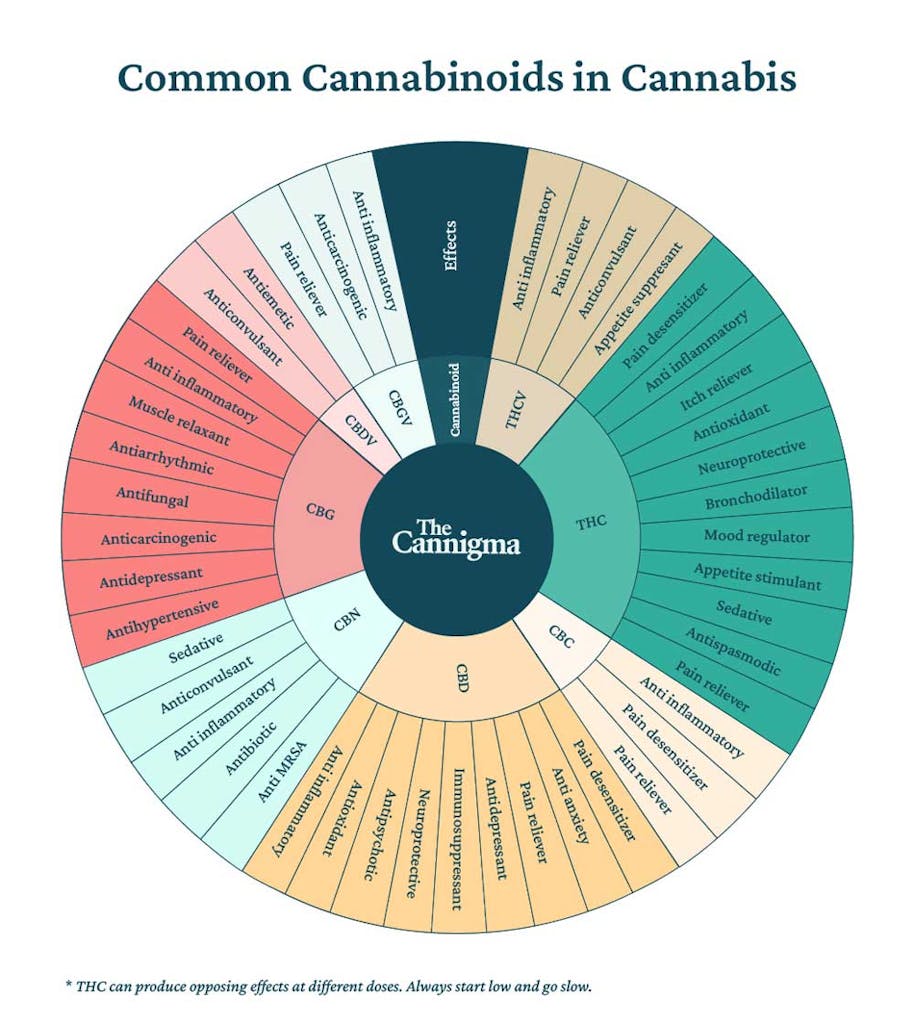
In basic terms, we can consider the entourage effect as being like a cast of actors in a theater production. THC and CBD are the protagonists, while the rest of the cannabinoids, terpenes, and others, are the supporting cast. Sure, the main actors are impressive, but without the rest of the cast, costume designers, makeup artists, and others, there would be no play.
This theory goes beyond the previous scientific consensus that combining THC and CBD produces superior therapeutic effects, while allowing for a greater therapeutic window for the often ill-tolerated THC.

Another key component of the entourage effect is the synergy between cannabinoids and terpenes.
The hundreds of terpenes present in cannabis — such as linalool, limonene, and pinene — have unique therapeutic effects that are helpful by themselves and alter the effects of cannabinoids.
One notable example is the terpene myrcene, which improves the passage of compounds across the blood-brain barrier. Thanks to this, myrcene can make it easier for cannabinoids to enter the brain, making them more effective. In addition, myrcene has sedating properties that can aid the sleep-inducing effects of cannabis.
Advertisement
Meanwhile, the terpene limonene has shown anti-inflammatory, anti-anxiety, and anti-stress properties that can add on to the effects of CBD and other cannabinoids.
However, these examples are just scratching the surface, and the interaction of terpenes and cannabinoids represents the next great frontier of cannabis research.
While the concept of the entourage effect would appear to explain what is experienced in practice by medical cannabis patients, only now are researchers beginning to find hard evidence to explain the phenomenon.
Just last year, Spanish scientists Cristina Sanchez and her team made some interesting discoveries when comparing isolated THC and a full spectrum botanical cannabis extract (containing the same amount of THC) on breast cancer cell lines.
They found the whole plant cannabis extract displayed superior anti-tumoral action compared to isolated THC in all three types of breast cancer studied. In order to find out whether terpenes were responsible, they added in a “cocktail” to the isolated THC, identical to the terpenes found in the full spectrum extract. Interestingly, this did not alter the anti-tumoral activity. Instead, they suggest any changes may be due to low concentrations of CBG and THCA.

Medically reviewed by Roni Sharon, MD
In recent years, there has been a growing interest in the use of cannabis for the treatment of central nervous system disorders such as multiple sclerosis, Parkinson’s disease, and Tourette’s syndrome. One such central nervous system disorder that cannabis can treat is epilepsy, a disease that affects over 65 million people worldwide. Nearly one third of epileptic patients continue to have seizures despite taking the appropriate drug treatments making novel therapies even more important for the health of these patients.
In the past 30 years, a growing body of research has clarified the way cannabis interacts with the human body. Cannabis contains hundreds of compounds called cannabinoids, a type of molecule. These plant-derived cannabinoids are known as phytocannabinoids. The most common and widely studied cannabinoids found in cannabis are tetrahydrocannabinol (THC) and cannabidiol (CBD). Unlike THC, CBD does not have any psychotropic effects such as feelings of mild euphoria or intoxication. Researchers in the 1990s discovered that cannabinoids are also present in the human body in the endocannabinoid system (ECS). The ECS plays an incredibly important and complex role in maintaining equilibrium for physiological functions in the body, specifically for the immune system and the central nervous system. Research has found that people with epilepsy have flaws in their endocannabinoid systems — so it’s likely that the ECS plays an important part in the restriction or cessation of seizures and could be an effective therapeutic target.

Two cannabinoid receptors, CB1 and CB2 are present in the ECS. These receptors are part of a class of G protein coupled receptors; CB1 receptors are mostly present in the central nervous system and most CB2 receptors are in the immune system. Animal studies have found that THC is a partial agonist of both of these receptors, meaning it binds to them and activates them, which has an anti-seizure effect. While CBD is not an agonist of CB1 and CB2 receptors it also has been found to halt seizures. The exact way in which CBD reduces seizures is not fully understood, but it may be due to its anti-inflammatory and antioxidant effects in addition to being a positive allosteric modulator of GABAA receptors. As a result, cannabinoids can be thought of as “circuit breakers” as they can stop seizures and the brain cell death associated with epilepsy.
Since the 1970s there have been numerous observational studies, surveys, and more recently, randomized clinical trials, conducted on the use of medical cannabis for epilepsy. Most of the latest studies are conducted only on CBD due to its lack of psychotropic effects.
Many research studies have had mixed results regarding the effectiveness of CBD for the treatment of epilepsy.
Several surveys with adult epileptics and parents of children with epilepsy reported that CBD use reduced seizures by up to 50% while others found no reduction. A few case reports found that CBD improved seizures in some patients while others reported an increase in seizure severity.
Four studies done in the past five years found mostly positive results associated with CBD use.
One open label trial of a combined THC and CBD medication for children with Dravet syndrome, a form of childhood-onset epilepsy that is particularly challenging to control effectively with available drug therapies, found that participants had a reduction in seizures and improved quality of life. However, none of these studies were double-blind, placebo-controlled and thus their results must be interpreted with caution.
Recently three randomized clinical trials, the gold standard in medical research, assessed the effect of an oral solution of CBD called Epidiolex on seizure reduction.
In addition, these studies found that CBD treatment not only significantly improved seizure control but also had an impact on quality of life. Many patients saw improvements in their mood, sleep, cognitive skills, and had increased appetite. Based on the results of these clinical trials, in 2018 the US Food and Drug Administration (FDA) approved the CBD based drug, Epidiolex, to treat those aged two and older for epilepsy caused by Lennox-Gastaut or Dravet syndrome. This is the first ever cannabis derived medication to be approved by the FDA.
Cannabis is believed to be a safe drug treatment—no study on cannabis has reported a death. The majority of reported side effects were mild to moderate, and include fatigue, drowsiness, diarrhea, vomiting, decreased appetite, and fever.
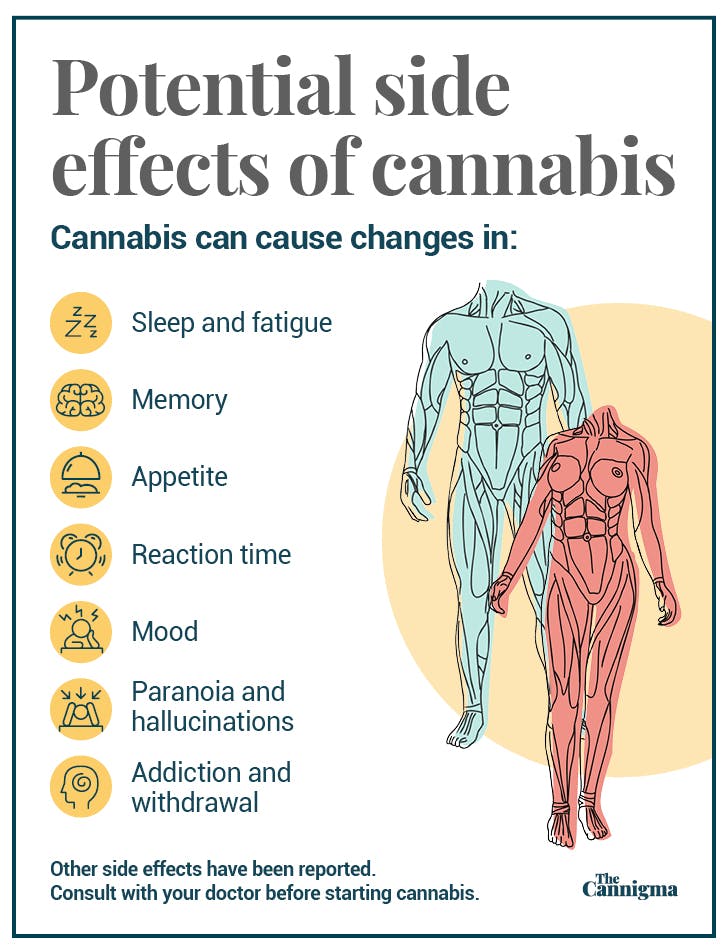
CBD does have a drug interaction with clobazam, a common epilepsy medication.
CBD inhibits the metabolism of this drug often leading to an increase in fatigue and drowsiness in patients. Very rarely patients experienced abnormalities in liver enzymes and this was more common for those who took the epilepsy medication valporate. Further research is necessary to explore the potential interaction between other epilepsy medications and specific doses and forms of CBD as well as any potential long term side effects of the drug. The short side effects of THC can include memory, motor and judgment impairment and the long term effects can include cognitive impairment, a small risk of addiction, and an increased risk of developing a psychotic disorder.
Conclusion
However, given the existing evidence of the therapeutic benefits of cannabis and the growing levels of interest and investment in cannabis research, it seems likely that more nations will begin to allow patients to access medical cannabis to treat intractable epilepsy. Overall, cannabis is a safe medication with relatively mild risks that has the potential to significantly reduce seizure frequency and improve the quality of life in epileptic patients.
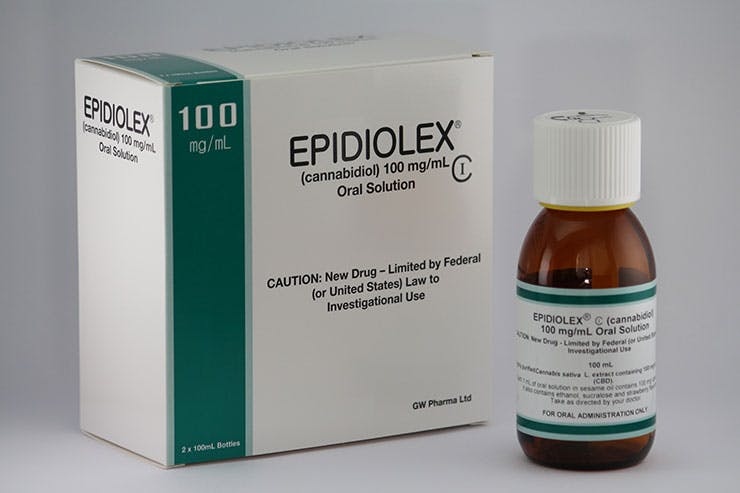
Cannabis-based drug for epilepsy to be fast-tracked into UK’s NHS
CBD helps epilepsy
There are also some conditions which seem to be best treated by CBD, such as epilepsy. Epilepsy may be the most researched use for CBD, in part because of a grassroots movement to use CBD for children with otherwise untreatable varieties of the condition. Another reason is that GW Pharmaceuticals recently released Epidiolex, a CBD-based medicine for epilepsy. As an FDA-approved medication for epilepsy, there is now a substantial body of evidence supporting the claim that CBD can significantly reduce seizures in epileptic patients.
THC improves metabolism
THC has unique effects as well. It can actually help shift your metabolism to help avoid weight gain. In one rodent study, scientists found that using THC prevented weight gain from an increased-fat diet. It even altered the gut biome of obese mice, making them more like the gut of a healthy mouse than an obese one.
While cannabinoids like THC and CBD are often studied on their own, cannabis products tend to be a blend of cannabis’s active chemicals, rather than just one cannabinoid by itself. This can add complications for patients trying to determine the effects of any given product. This is because of a phenomenon called the ‘entourage effect,’ which simply means that cannabis’s active chemicals work together synergistically to create effects that wouldn’t come from any of their parts individually.
A perfect example of this is the way CBD reduces THC’s psychoactive effect. While you might expect a heavy psychoactive high from a THC product, adding CBD changes this. But it doesn’t end with CBD and THC. All of the active chemicals in cannabis can contribute to this. What does THC do? While it is considered to have quite energetic effects when taken by itself, when combined with the terpene myrcene, the resulting blend becomes quite sedative.
When it comes to the interaction between THC and CBD, you can experiment with finding the right blend for your needs by using products labeled with different ratios of CBD to THC. There are cases where an isolated cannabinoid is the right treatment, but most often patients report maximum benefit from some combination of the two.
.png)
